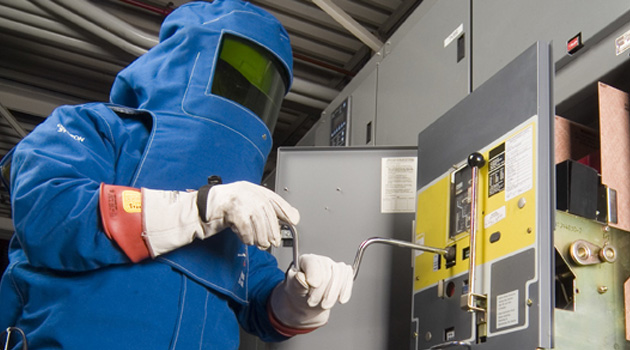High voltage (HV) equipment is extremely dangerous. Having the right training and equipment to work safely with HV equipment is not just good practice; it could be the difference between life and death.
It's a common misconception that high voltage levels are what are dangerous; in reality, it is actually the electrical current within a system that poses the biggest danger to humans.
Higher voltage levels (over approximately 600V) cause greater current flow. This, in turn, can result in dielectric breakdown of the skin, lowering the skin's natural resistance to electricity and allowing the current to flow more freely through the body. This is why HV systems and equipment pose a much bigger danger to people than standard electrical equipment, and that's why you should only work on these systems if you're properly qualified to do so, and have access to the equipment made for the job.
In September 2014, an engineering firm based in Birmingham found themselves on the receiving end of hefty fines after failing to follow this advice. CISM Limited were contracted at the time to dismantle and remove old electrical cable and equipment from the former McKecknie Bras site in Walsall, but an independent investigation by the HSE (Health and Safety Executive), found that the workers contracted to complete this work weren't qualified to do this job and also that they weren't using the correct equipment.
As a result of this, both an employee of CISM and a sub-contracted electrician suffered severe electrical burns. The incident happened because when they were working in a substation, they carried out electrical checks within a switchgear and accessed a live bus bar. This caused a dangerous electrical arc and both men suffered burns from the discharge.
The investigation found that the electrician was using a tester suitable for use on equipment rated with voltage from 240 to 410V. As the voltage on the terminal was over 6000V, this tester should never have been used at any point to test the system. The HSE also found out that the electrician was not qualified to work on HV equipment.
Due to this negligence in contracting the wrong people and not supplying the right equipment, CISM Limited pleaded guilty to breaching Regulation 13(2) of the Construction (Design and Management) Regulations 2007 and the company was fined £50,000 and ordered to pay costs of £7,863.
Using The Right Equipment to Test HV
Your first step to testing HV is training - if you haven't got the necessary qualifications to test HV equipment, you shouldn't be anywhere near it. It is NOT worth the risk at any point; without the specialist knowledge and equipment you'll need to work with this type of equipment, you pose a serious risk to both yourself and others.
If you are testing HV, you MUST make sure you are using the correct equipment, rated to the correct voltage. As mentioned above, using a 240-440V tester is in no way suitable for testing HV systems. Specialist high voltage equipment is created for a wide variety of electrical HV testing applications and it is of the utmost importance that you research the correct item and only use that which is safe.
PPE (personal protective equipment) is also an essential for those working with HV. PPE refers to clothing, platforms, mats, boots/footwear, gloves and more which is insulated against the effects of high voltage. Depending on the HV equipment you're working on, you should have PPE equipment which is insulated above the level of voltage you're working on. Most PPE equipment is available rated to different voltages, ensuring that there's always the right option available for the job you're doing.
With all three of these - training, the right equipment and the right PPE - you will be able to work safely with high voltage systems and avoid accidents such as the one that happened above.
Don't risk messing with HV if you don't know what you're doing.



